
American history is filled with examples of the nationâ"s leaders and other citizens demonstrating civic virtues.
- Subject:
- Social Science
- Social Studies
- Material Type:
- Lesson Plan
- Provider:
- Bill of Rights Institute
- Date Added:
- 09/12/2022

American history is filled with examples of the nationâ"s leaders and other citizens demonstrating civic virtues.
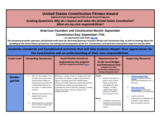
This is an optional program for use by Utah LEAs, schools, and teachers to observe Founders Month and Consitution Day. It aligns with and supports mastery of many Utah Core Social Studies Standards in grade K-5. Standards alignment is provided, along with resources for possible use.

How have Americans shown civic virtues throughout history?

Students should be familiar with the increasing tensions between American Indians and U.S. settlers discussed in the Chapter 5 Introductory Essay: 1800-1828 and the following Narratives: The Lewis and Clark Expedition ,Old Hickory: Andrew Jackson and the Battle of New Orleans , and Tecumseh and the Prophet.

Lesson 1 outlines the main themes of the Being an American curriculum and introduces the final capstone project, in which students will capture and synthesize ideas from the lessons.
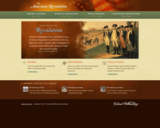
America's independence from Great Britain was a decisive turning point in world history. Join us to explore the causes, character, and consequences of an American Revolution that continues to shape lives around the globe. This site is a virtual museum experience. Explore the American Revolution by timeline, people, and multimedia.
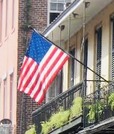
In this American Symbols unit, students will learn information about American symbols. Students will learn about various American Symbols such as the American Flag, the Liberty Bell, the Statue of Liberty, the Bald Eagle, and the White House. Students should then be able to draw a picture and write one fact about an American symbol. American Flag © 2024 by LeAnn Schmidt is licensed under CC BY-NC-SA 4.0

Article from NOVA on "America's Bog People".
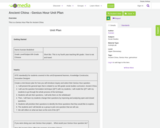
This is a Genius Hour Plan for Ancient China

Students will understand how ancient civilzations developed based on the local physical features and how the boundaries of early civilizations compare to their modern counterparts.

Students use pantomime and role-playing to understand the roles in ancient Egypt

Essential Question: What role did entertainment play in the development of ancient civilizations?
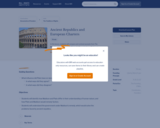
In this lesson, students will compare and contrast excerpts from The Republic of Plato and selected Federalist Papers by James Madison to determine in what ways Madison agreed and disagreed with Plato, regarding human nature the proper role of government in a society. What influence did Plato have on James Madison and the writers of the Constitution? In what ways did they agree? In what ways did they disagree?
Students will learn about the importance and impact of immigration to the building of the United States of America.

A challenging, fun card game that helps students learn about their rights under the Bill of Rights, the first 10 amendments to the Constitution. The game offers three levels of play: Easy, Normal, Difficult.

This resource is a Social Studies student activity that utilizes Utah's Online Library resources - specifically, Gale's Reference Collection, Gale's Global Issues in Context, and Gale's Biography in Context to help students learn about Antarctica.

What is the relationship between the Declaration of Independence and the Constitution? How do these Founding documents reflect common republican principles?

This lesson plan is designed for a classroom of English as a second language (ESL) students. The lesson integrates language arts objectives (language acquisition) with issues of diversity and multicultural identity.

Use this Lesson following The Ratification Debate on the Constitution Narrative.

Use this lesson after reading The Constitutional Convention Narrative and/or the Constitutional Convention Lesson.